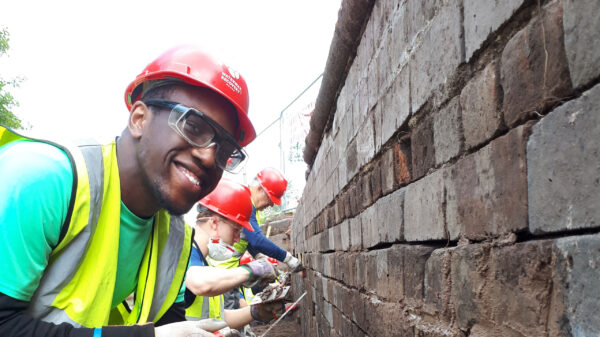The rise of the Stover Canal
The short Stover Canal in Devon was commissioned by James Templer II, a landowner who lived in Stover House near Teigngrace, Devon. Construction began in 1790 and the two mile long canal reached Ventiford Basin, the northern terminus, in 1792.
The waterway was primarily used to carry ball clay from local clay pits, via the man-made Whitelake Channel and River Teign, to Teignmouth, from where the clay was transhipped for distribution. The canal was also used to move granite from Templer’s Haytor Quarries on Dartmoor, which was transported to Ventiford via George Templer’s famous granite tramroad from 1820 until the 1840s. Barge traffic finally ceased in the 1930s, although the upper section of the canal, including Ventiford, was abandoned probably before the 1880’s. Water remained in the canal until 1951 when a retaining bank collapsed, flooding part of a nearby clay works. Since then the channel and all the locks have fallen into a state of neglect.


